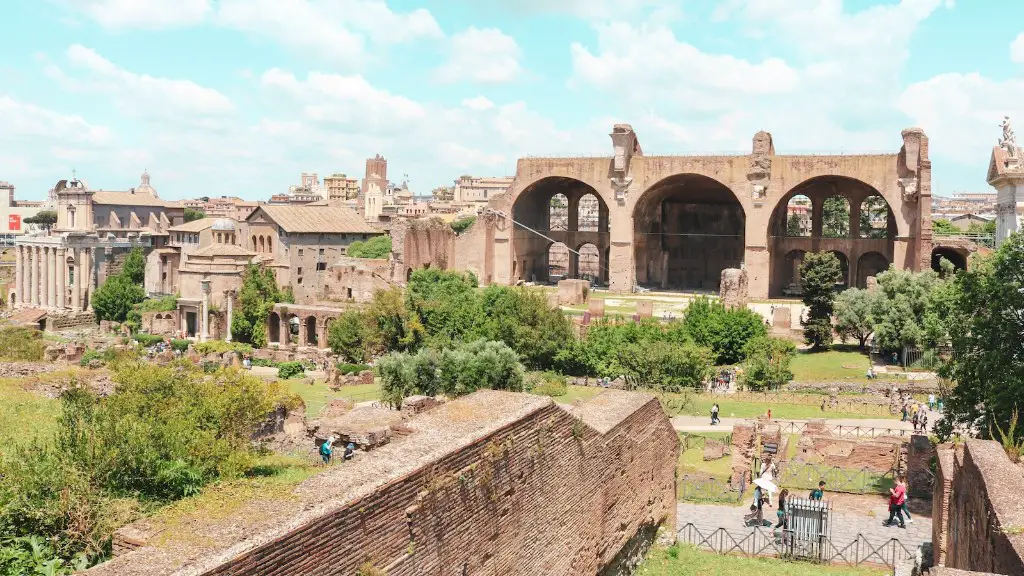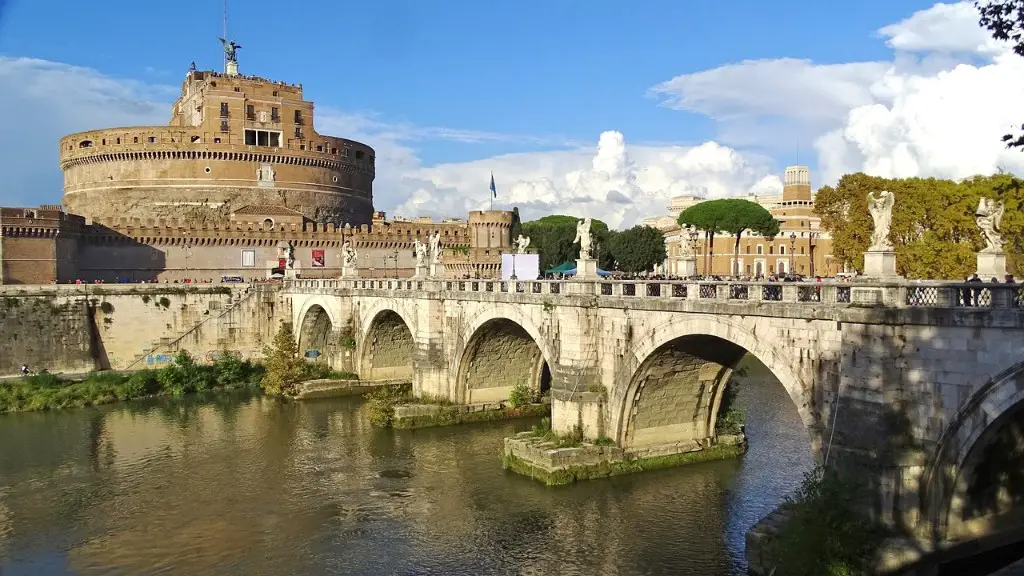In the time of the Roman Republic, the Roman Senate was the ruling body of government and the tribunes were elected officials who represented the people. The tribunes had the power to veto any law that they believed was not in the best interest of the people.
A tribune was a government official in ancient Rome. He was responsible for the administration of justice and the protection of the rights of the people.
What did a tribune do in ancient Rome?
The tribunes of the plebs were originally created in order to protect the interests of the lower classes in Rome. Over time, however, their office developed into one of the most powerful in Rome. They commanded bodyguard units and auxiliary cohorts, and their veto power could be used to block any action by the Roman Senate.
A tribune was a Roman military officer who commanded a portion of the Roman army. Within each legion, there were various middle-ranking officers who were also styled tribune. The tribunes were subordinate to the magistrates and promagistrates appointed by the senate, and their legates.
Why is it called a tribune
In ancient Rome, the tribunes were a class of elected officials who acted as a check on the authority of the senators. Their job was to protect the citizens by ensuring that the senators were not abusing their power. The tribunes were an important part of the Roman government and their role was essential in ensuring that the government operated smoothly.
The tribunes were a class of officials in ancient Rome who had the power to convene and preside over the Concilium Plebis (people’s assembly); to summon the senate; to propose legislation; and to intervene on behalf of plebeians in legal matters. The most significant power of the tribunes was the veto, which they could use to block the actions of the consuls and other magistrates. This power was used to protect the rights of the plebeians.
What rank was a tribune?
A military tribune was an officer of the Roman army who ranked below the legate and above the centurion. Young men of Equestrian rank often served as military tribune as a stepping stone to the Senate.
Plebeians were the lower class in Rome. They were often farmers who worked the land owned by the patricians. Some plebeians owned small plots of land, but this was rare until the second century BC.
What is an example of tribune?
A tribune was someone in the government of ancient Rome who looked out for ordinary people, in other words, an elected representative. Tribune is also a word that newspapers like, such as the “Chicago Tribune” or the “Des Moines Tribune.” There are many types of tribunes, but the earliest dates from ancient Rome.
A gallery or tribune is an upper story over the aisle which opens onto the nave or choir. It corresponds in length and width to the dimensions of the aisle below it. Contrast with:triforium.
Who invented the Tribune
The Tribune Trust was founded in 1881 by Sardar Dyal Singh Majithia, a philanthropist from Lahore, Punjab (now in Pakistan). The trust is run by 5 trustees and is responsible for publishing The Tribune newspaper. The newspaper is known for its liberal and progressive outlook, and provides different perspectives on current affairs.
The Twelve Tables were a set of laws inscribed on 12 bronze tablets created in ancient Rome in 451 and 450 BCE. They were the beginning of a new approach to laws which were now passed by government and written down so that all citizens might be treated equally before them. The Twelve Tables are an important part of Roman history and have served as a model for many other legal systems.
What were groups of 5000 Roman soldiers called?
The Roman army was made up of groups of soldiers called legions. There were over 5,000 soldiers in a legion. Each legion had its own number, name, badge and fortress.
The Roman tribune was a one-year position held by a plebeian that granted them immunity from prosecution and the right to convene the Roman Senate. The tribune was also responsible for the protection of the plebeian class from the actions of the patrician class.
How many soldiers did a tribune command
The Legate is in charge of a legion and is always a senator. They are picked by the emperor. Tribunes are six officers who are led by a senior tribune. The Legate’s right hand man.
A magistrate was a public official in ancient Rome. There were two types of magistrates- the elected and the appointed. The elected magistrate held office for a specific term while the appointed magistrate held office at the pleasure of the appointing authority.
The most important elected magistrate was the consul. There were two consuls elected annually from 509 BC. The consuls held the highest executive power in the state.
The interrex was a magistrate who served only for five days. His role was to fill the gap between the death of one king and the election of another.
The consular tribune was another important magistrate. There were 2, 3, 4, or 6 consular tribunes elected for an annual term. They held most of the executive power in the state when the consuls were away on military campaigns.
The censors were magistrates who were responsible for counting the population and assessing property values. They were elected every five years from 443 BC.
Who was the first Roman tribune to be murdered?
Tiberius Sempronius Gracchus was a influential politician during the Roman Republic. He was known for his agrarian reforms, which aimed to help small landowners and increase production. His death in 133 BC was caused by blunt trauma, and his legacy continues to influence Rome today.
The tribunes of the plebs were a class of officials in ancient Rome who were elected by the plebeian assembly, or by the people. They were the most powerful tribunate office in ancient Rome. These tribunes were responsible for the protection of the rights of the plebeians and for the administration of justice. They also had the power to veto the actions of the consuls and other magistrates.
Warp Up
A tribune was a magistrate in ancient Rome. The tribunes had the power to veto any action taken by the Senate or the Assemblies.
In ancient Rome, a tribune was a magistrate who was responsible for the administration of justice. Tribunals were established to hear cases involving municipal law, criminal law, and contract law. The tribune was also responsible for maintaining public order and for the safety of the citizens of Rome.





